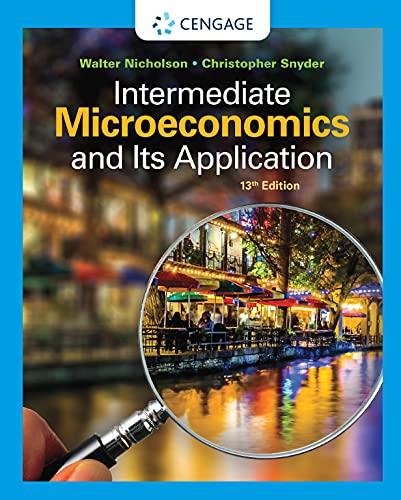Answered step by step
Verified Expert Solution
Question
1 Approved Answer
Questions and Exercises 3-1. Using the annual report obtained for Exercise 1-1, answer the following questions: a. Review the Statement of Revenues, Expenditures, and Changes


Questions and Exercises 3-1. Using the annual report obtained for Exercise 1-1, answer the following questions: a. Review the Statement of Revenues, Expenditures, and Changes in Fund Balances for the governmental funds. List the revenue source classes. Are expenditures reported by character? List the functional classifications under the current character classification. Are Other Financing Sources and Uses presented separately? Does your report show transfers in? Transfers out? Capital leases? Proceeds of bonds? b. Review the Budgetary Comparison Schedule in the RSI section of your annual report (or Budgetary Comparison Statement, if that is used by your government) for the General Fund. Is the budgetary format used, or is the schedule in the format used for the Statement of Revenues, Expenditures, and Changes in Fund Balances? Does the report reflect the original bud- get, revised budget, and actual figures? Are variance columns presented comparing the actual with the revised budget and comparing the original with the revised budget? Is a reconciliation between the budgetary basis of accounting and GAAP presented on the budgetary comparison sched- ule or in a separate schedule? What are the major differences, if any? Are budgetary comparison schedules (or statements) presented for special revenue funds? Are all special revenue funds included? c. Review the note that describes the basis of budgeting (usually in the Summary of Significant Accounting Policies). Is the budget prepared on the GAAP basis or some other basis? Are the differences, if any, between the budgetary basis and GAAP clearly explained? Questions and Exercises 1-1. Obtain a copy of a recent Comprehensive Annual Financial Report (CAFR). These may commonly be obtained from the website of a city or county of your choice. It would be best, but not absolutely necessary, to use a CAFR that has a Certificate of Excellence in Financial Reporting from the Government Finance Officers Association. You will be answering questions related to the CAFR in Chapters 1 through 8. Answer the following questions related to your CAFR. a. What are the inclusive dates of the fiscal year? b. Identify the name and address of the independent auditor. Is the auditor's opinion unmodified? If not, describe the modification. Is the opinion lim- ited to the basic financial statements, or does the opinion include combin- ing and individual fund statements? c. Does the report contain an organization chart? A table of contents? A list of principal officials? A letter of transmittal? Is the letter of transmittal dated and signed by the chief financial officer? List the major items of discussion in the letter of transmittal. d. Does the report include a Management's Discussion and Analysis? List the major items of discussion. e. Does the report include the government-wide statements (Statement of Net Position and Statement of Activities)? f. Does the report reflect fund financial statements for governmental, proprie- tary, and fiduciary funds? List those statements. List the major governmental and proprietary funds (the funds that have separate columns in the govern- mental and proprietary fund statements). tal differences between
Step by Step Solution
There are 3 Steps involved in it
Step: 1

Get Instant Access to Expert-Tailored Solutions
See step-by-step solutions with expert insights and AI powered tools for academic success
Step: 2

Step: 3

Ace Your Homework with AI
Get the answers you need in no time with our AI-driven, step-by-step assistance
Get Started


